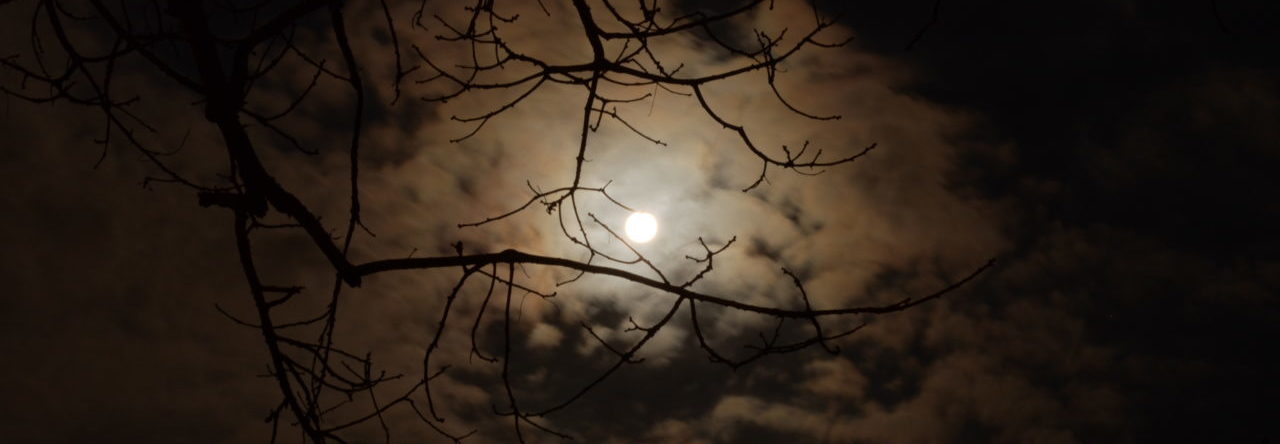Irishman Joseph Sheridan Le Fanu holds an exalted position within the pantheon of great Victorian writers of supernatural fiction. He’s commonly mentioned in the same breath as M. R. James, Algernon Blackwood and Arthur Machen – luminaries of the genre. He published prolifically and to some acclaim. And his work became broadly popular. In the opening paragraph of his novel The Liar, influence author Henry James hints at his regard for Le Fanu and his popularity as paints a description of a “pleasant house”, “There was the customary nove of Mr. Le Fanu, for the bedside; the ideal reading in a country house for the hours after midnight. Oliver Lyon could scarcely forbear beginning it . . . .”
It’s our great good fortune that Le Fanu chose to become an author. As a young man, he studied law at King’s Inns in London, but turned from the bar in order to embrace journalism and the writing of historical and supernatural fiction.
There can be little doubt that this was a good decision. Le Fanu had found his calling – one for which he had developed considerable talent. M. R. James, though expressing some reservations about other aspects of his writing, stated that “he succeeds in inspiring a mysterious terror better than any other writer.” Coming from one of the undisputed masters of Victorian horror fiction, that is indeed high praise.
Like Algernon Blackwood, Le Fanu had carefully nurtured a vague sense of unease within his narratives until it matured into unnerving fear. M. R. James admired this aspect of Le Fanu’s approach. “But how does he contrive to inspire horror? It is partly, I think, owing to the very skillful use of crescendo, so to speak. The gradual removal of one safeguard after another, the victim’s dime forebodings of what is to happen gradually growing clearer; these are the processes which generally increase the strain of excitement.”
E. F. Benson, himself a leading figure in the genre, writing in The Spectator in 1931, made essentially the same observation. “[Le Fanu’s stories] begin quietly enough, the tentacles of terror are applied so softly that the reader hardly notices them till they are sucking the courage from his blood. A darkness gathers, like dusk gently falling, and then something, obscurely stirs in it.” This, said Benson, was Le Fanu’s “quiet, cumulative method.”
This is perhaps the principle distinction between M. R. James and Le Fanu. The former’s hobgoblins manifest themselves overtly. There’s rarely room to doubt that his protagonists have been menaced by something otherworldly. Indeed, James often delivers his frights in gruesome, physical forms. Le Fanu’s method for terrorizing his characters (and, we might add, his readers) is more subtle and psychological. He leaves room for an explanation to be found in nature or neuroses.
Nevertheless, Le Fanu’s best tales conjure up visceral feelings of fear. Where did that terror ultimately originate? Perhaps it arose from within Le Fanu’s own psyche. Russel Kirk, the political philosopher and literary critic, wrote of Le Fanu that “[h]e knew that his creations were not his creations merely, but glimpses into the abyss.” Along this line, V. S. Pritchett, the noted British literary critic and prolific short story made this observation: “Guilt is the ghost in Le Fanu. It is guilt that patters two-legged behind its victims in the street. It is retribution that sits up night after night, adding up its account. The secret doubt, the private shame, the unholy love, scratch away with malignant patience in the guarded mind.” Le Fanu, it seems, conjures up his monsters from the human mind and the human heart.
Whatever the source of Le Fanu’s inspiration, it seems to have been nearly boundless. Le Fanu wrote fourteen novels. The best of these, or at least the best remembered, is Uncle Silas. Le Fanu sends his victim, a young heiress, to live with her diabolical uncle. Slowly, methodically and relentlessly, the author builds tension toward the novel’s terrifying climax. Benson celebrated the book as a departure from the “flat” narratives of his day. And M. R. James praised its unforgettable ending.
Personally, I discovered Le Fanu through his short stories. Some of his best are contained within In a Glass Darkly, a volume of five stories that was published in 1872, not long before his death at age 58. There you’ll find The Familiar and Mr. Justice Harbottle which, along with Squire Toby’s Will, M. R. James described as “the best ghost stories in the English language.” It also includes Le Fanu’s novella Carmilla, an early and influential vampire story, which preceded Bram Stoker’s Dracula by a quarter of a century. The story is especially significant as an early depiction of female vampirism
If you’d like to discover more about Le Fanu and his fright-filled gothic stories, Brian Maye’s article in The Irish Times is an excellent place to start your research.

Leave a Reply